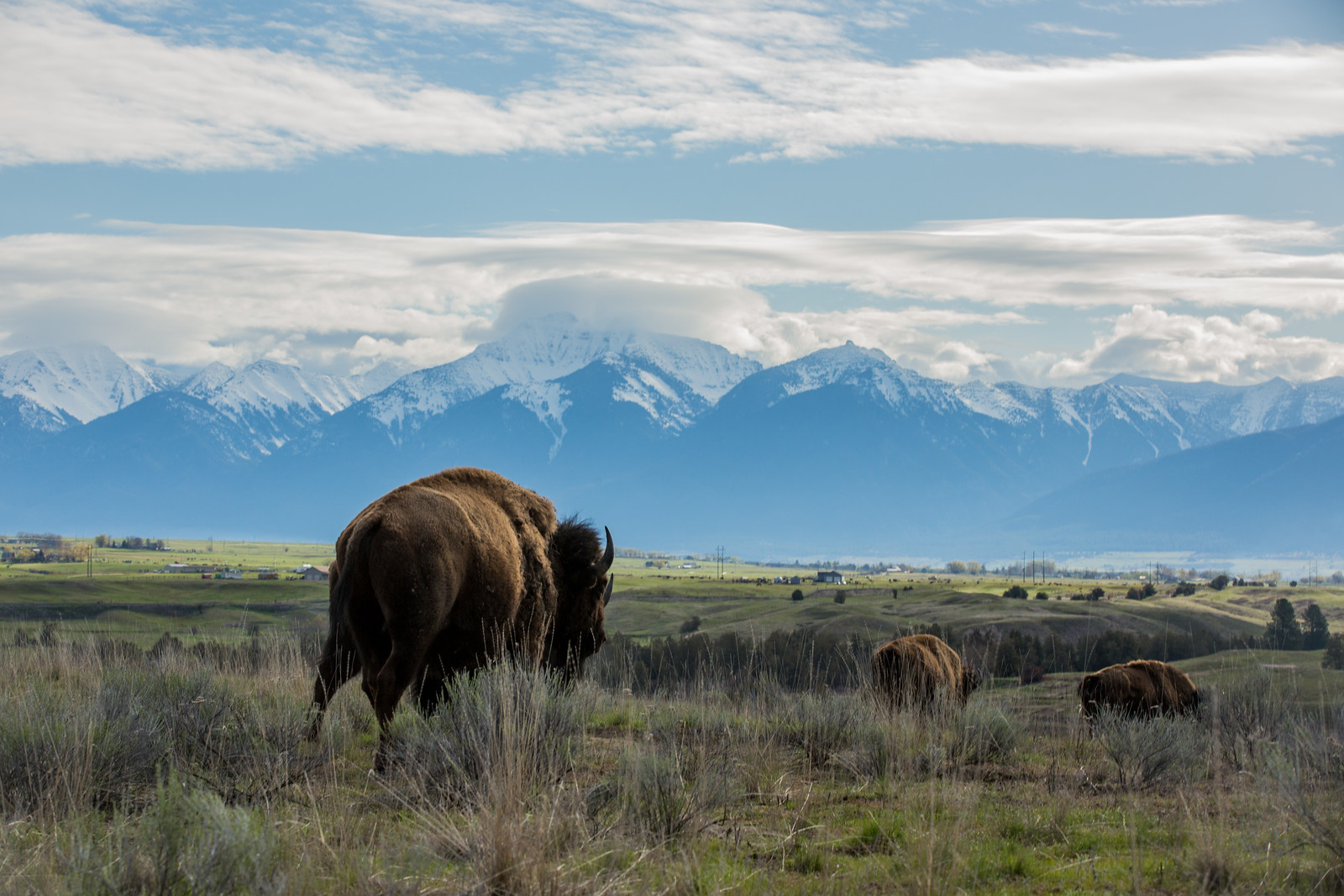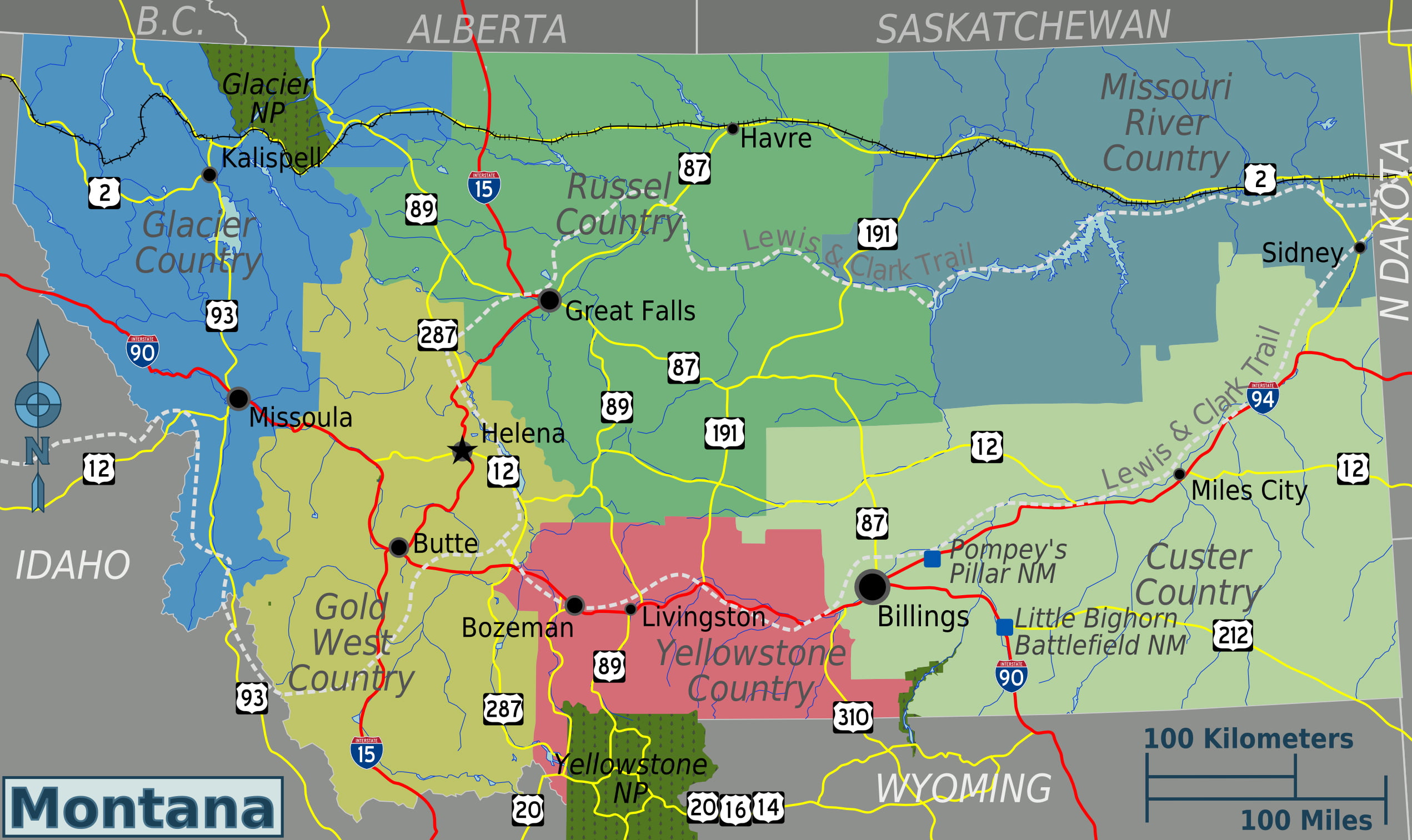Montana: Where the Land Still Speaks of Native Heritage
Montana: Where the Land Still Speaks of Native Heritage

Montana. Just the name conjures up images of rugged mountains, vast plains, and the whispering wind. But beneath the surface of this breathtaking landscape lies a rich tapestry of Native American history and culture, woven into the very fabric of the state. And one of the most tangible expressions of this heritage is the presence of Indian reservations, pockets of land where tribal sovereignty thrives and traditions endure.
But how many reservations are there in Montana? It’s a question that often sparks curiosity, and the answer might surprise you. Montana is home to seven federally recognized Indian reservations, each with its own unique story, culture, and connection to the land.
Related Articles: Montana: Where the Land Still Speaks of Native Heritage
- Land Of The Red Earth: Exploring Oklahoma’s Indian Reservations Today
- Uncover the Hidden Gems: Native American Tribes of Texas Revealed
- Uncover the Enigmatic World of Indian Reservations in Colorado
- Unveiling the Richest Native American Tribe: Discover Their Secrets to Success
- Unveiling the Landscape of Indian Reservations in Texas: Discoveries and Insights
A Legacy of Resilience: The Seven Reservations of Montana
These reservations are not just geographical entities; they are living testaments to the resilience and spirit of the Native American people who have called Montana home for centuries. Each reservation boasts a unique history, language, and cultural practices, making Montana a truly diverse and fascinating place.
1. Blackfeet Nation: Nestled in the northwest corner of Montana, the Blackfeet Nation is the largest reservation in the state, encompassing over 1.5 million acres. The Blackfeet, known for their skilled horsemanship and fierce independence, have a rich cultural heritage that is celebrated through traditional dances, ceremonies, and storytelling. Their reservation is home to Glacier National Park, a breathtaking landscape that holds deep spiritual significance for the Blackfeet people.
2. Fort Belknap Indian Community: Situated in north-central Montana, the Fort Belknap Indian Community is home to the Assiniboine and Gros Ventre tribes. These two nations, once distinct, have intertwined their destinies, creating a vibrant and unique culture. The Fort Belknap reservation is a land of rolling hills, fertile valleys, and the majestic Missouri River, providing a rich tapestry for their cultural traditions.
3. Fort Peck Reservation: Spread across northeastern Montana, the Fort Peck Reservation is home to the Assiniboine and Sioux tribes, who came together to form a strong and resilient community. The reservation boasts a stunning landscape of prairie grasslands, rolling hills, and the Fort Peck Reservoir, a vast body of water that provides sustenance and recreation for the community.
4. Flathead Reservation: Located in western Montana, the Flathead Reservation is home to the Confederated Salish and Kootenai Tribes. These tribes have a deep connection to the land, and their culture is infused with reverence for the natural world. The Flathead Reservation is a land of breathtaking beauty, with the majestic Mission Mountains, the pristine Flathead Lake, and the lush forests of the Bitterroot Valley.
5. Crow Nation: In the heart of southeastern Montana, the Crow Nation holds a proud history and a deep connection to their ancestral lands. The Crow, known for their skilled warriors and their vibrant culture, have played a significant role in the history of Montana. Their reservation is a land of rolling hills, fertile valleys, and the majestic Big Horn Mountains, providing a stunning backdrop for their traditional ways.
6. Northern Cheyenne: In the southeastern corner of Montana, the Northern Cheyenne Reservation is a testament to the Cheyenne people’s resilience and determination. Forced to flee their ancestral homelands, the Northern Cheyenne found refuge in Montana, where they have preserved their culture and traditions. The reservation is a land of rugged beauty, with the towering peaks of the Big Horn Mountains, the rolling plains, and the winding streams that provide sustenance for the community.

7. Rocky Boy’s Reservation: Located in north-central Montana, the Rocky Boy’s Reservation is home to the Chippewa Cree Tribe. The Chippewa Cree, known for their connection to the land and their vibrant culture, have a unique story to tell. The reservation is a land of rolling hills, fertile valleys, and the meandering Missouri River, a source of life and sustenance for the community.
Beyond the Reservations: A Legacy of Influence
While the reservations are important centers of tribal life, the influence of Native American culture extends far beyond their borders. Montana’s history is deeply intertwined with the stories of its First Peoples, and their contributions to the state’s economy, arts, and culture are undeniable.
From the vibrant powwows that draw visitors from across the globe to the intricate beadwork and pottery that adorn museums and galleries, the legacy of Native American culture is woven into the fabric of Montana. The state’s commitment to preserving and celebrating this heritage is reflected in the numerous museums, cultural centers, and educational programs dedicated to sharing the stories of the Native American people.
A Journey of Understanding: Exploring Montana’s Native Heritage

Visiting Montana is an opportunity to immerse yourself in a rich and diverse cultural landscape. Here are some ways to explore the state’s Native American heritage:
- Visit the reservations: Many reservations offer tours, cultural demonstrations, and opportunities to experience traditional ways of life.
- Explore museums and cultural centers: Montana is home to numerous museums and cultural centers dedicated to preserving and sharing Native American history and culture.
- Attend a powwow: Powwows are vibrant celebrations of Native American culture, featuring traditional dancing, singing, drumming, and storytelling.
- Learn about the history of the tribes: Read books, watch documentaries, and visit websites to learn about the history, culture, and traditions of the tribes of Montana.

A Deeper Understanding: Beyond the Surface
Understanding the history and culture of the Native American people is crucial to understanding the story of Montana. It’s a story of resilience, adaptation, and the enduring spirit of a people who have called this land home for centuries. By embracing this history, we can build bridges of understanding and appreciation, ensuring that the legacy of Montana’s First Peoples continues to inspire and enrich us all.
FAQ: Total Number of Indian Reservations in Montana
Q: How many federally recognized Indian reservations are there in Montana?
A: There are seven federally recognized Indian reservations in Montana.
Q: What are the names of the reservations?
A: The seven reservations are:
- Blackfeet Nation
- Fort Belknap Indian Community
- Fort Peck Reservation
- Flathead Reservation
- Crow Nation
- Northern Cheyenne
- Rocky Boy’s Reservation
Q: What tribes live on each reservation?
A: Each reservation is home to one or more tribes:
- Blackfeet Nation: Blackfeet Tribe
- Fort Belknap Indian Community: Assiniboine and Gros Ventre Tribes
- Fort Peck Reservation: Assiniboine and Sioux Tribes
- Flathead Reservation: Confederated Salish and Kootenai Tribes
- Crow Nation: Crow Tribe
- Northern Cheyenne: Northern Cheyenne Tribe
- Rocky Boy’s Reservation: Chippewa Cree Tribe
Q: Can I visit the reservations?
A: Yes, many reservations offer tours, cultural demonstrations, and opportunities to experience traditional ways of life. It’s always a good idea to contact the reservation in advance to inquire about visitor guidelines and policies.
Q: How can I learn more about the Native American culture of Montana?
A: There are numerous resources available to learn more about Native American culture in Montana. You can visit museums, cultural centers, and websites dedicated to sharing Native American history and culture. You can also attend powwows, read books, and watch documentaries to learn more about the tribes and their traditions.
By visiting Montana, you’re not just experiencing a breathtaking landscape; you’re stepping into a world where history and culture intertwine, creating a truly unique and unforgettable experience. So, come explore the beauty of Montana, and let the land tell its story of resilience, heritage, and the enduring spirit of its First Peoples.

Closure
Thus, we hope this article has provided valuable insights into Montana: Where the Land Still Speaks of Native Heritage. We thank you for taking the time to read this article. See you in our next article!